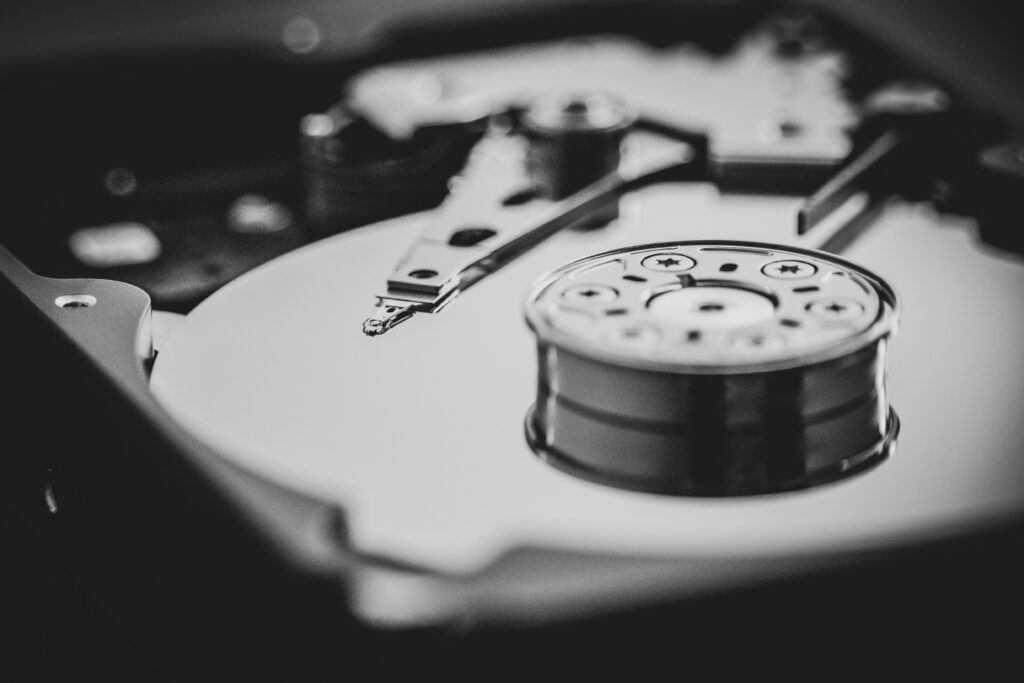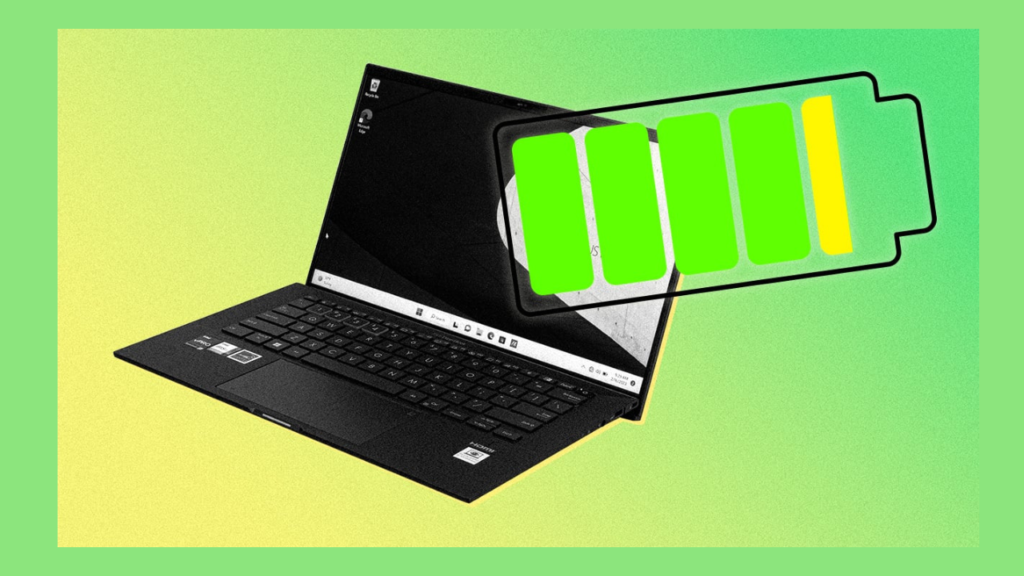Introduction
If you’re an HP laptop user, you may wonder, “Where is the hard drive in my HP laptop?“ The hard drive is one of the most essential components of your computer, as it stores all your important files, software, and operating systems. In this post, we’ll guide you through the location of the hard drive in HP laptops, how to find it, and how to safely remove or upgrade it.
What is a Hard Drive in a Laptop?

Before we jump into the location of the hard drive in your HP laptop, let’s quickly review what a hard drive is. A hard drive is a data storage device where your laptop stores all of its files, from documents and pictures to operating systems and software. Over the years, hard drives have evolved from traditional HDDs (Hard Disk Drives) to faster and more efficient SSDs (Solid State Drives).
Where is the HP Laptop Hard Drive Located?
Finding the hard drive in your HP laptop can vary slightly depending on the model, but generally, it is located in the following places:
- Under the Laptop’s Bottom Panel
- Most HP laptops have a removable bottom panel, which gives you access to various internal components, including the hard drive. You’ll need to unscrew the panel carefully using a screwdriver to locate the hard drive.
- Inside the Laptop’s Primary Casing
- The hard drive might be mounted inside the main chassis in some HP laptop models. In such cases, you will need to remove the entire back panel or keyboard cover to access the hard drive.
- Under a Specific Hard Drive Cover
- Some HP laptops have a dedicated hard drive cover on the back of the laptop. This is often a small panel that you can unscrew to expose the hard drive without removing the entire bottom case.
Steps to Locate the Hard Drive in Your HP Laptop
Here’s a step-by-step guide to help you find and access the hard drive in your HP laptop:
- Turn off Your Laptop and Unplug It:
- Safety first! Ensure your laptop is powered off and disconnected from any power sources before you start working on it.
- Remove the Battery (If Applicable):
- If your HP laptop has a removable battery, it’s a good idea to take it out to avoid any electrical issues while you work inside the laptop.
- Unscrew the Bottom Panel:
- Use a small Phillips screwdriver to remove screws from the bottom panel. Keep the screws safe in a bowl so they don’t get lost.
- Locate the Hard Drive:
- Once the panel is removed, you can see the hard drive. It may be mounted with screws or have a special bracket that holds it in place.
- Remove or Upgrade the Hard Drive (Optional):
- If you plan on removing or upgrading the hard drive, carefully unscrew any mounting brackets holding it in place and gently disconnect the cables.
How to Upgrade Your HP Laptop Hard Drive

If you’re planning to upgrade your HP laptop’s hard drive, follow these steps to install a new hard drive:
- Select a Compatible Hard Drive:
- Ensure that the hard drive you’re purchasing is compatible with your HP laptop. You can check the user manual for specifications or look online for your model’s requirements.
- Remove the Old Hard Drive:
- Disconnect the old hard drive and carefully remove it from its slot.
- Install the New Hard Drive:
- Place the new hard drive in the slot and connect the cables properly. Make sure it’s securely mounted.
- Reassemble the Laptop:
- Once the new hard drive is in place, reassemble your laptop, screw the panels back on, and reconnect the battery.
- Install the Operating System:
- Once the hard drive is upgraded, you will need to install the operating system (such as Windows 10 or Windows 11) if you’ve replaced the hard drive entirely.
Troubleshooting Common Hard Drive Issues in HP Laptops
Here are some common issues you might face with your HP laptop’s hard drive and how to fix them:
- Laptop Won’t Boot:
- If your laptop isn’t booting properly, there may be an issue with the hard drive. Try accessing the BIOS settings to check if the hard drive is detected. If not, it may need to be replaced.
- Slow Performance:
- A slow hard drive can affect your laptop’s performance. Consider upgrading to an SSD for faster speeds and improved performance.
- Data Corruption or Loss:
- If you notice that your files are becoming corrupted or disappearing, back up your data immediately and consider replacing the hard drive.
Conclusion
Now that you know where the hard drive is located in your HP laptop and how to access it, you can perform upgrades or troubleshoot any issues with ease. Remember, always be cautious when working with your laptop’s internal components, and if you’re unsure, don’t hesitate to seek professional help.
Keeping your hard drive in top condition’ll ensure that your HP laptop continues running smoothly and efficiently. Whether you’re upgrading to an SSD or troubleshooting a slow laptop, understanding the location of your hard drive is a crucial step.


